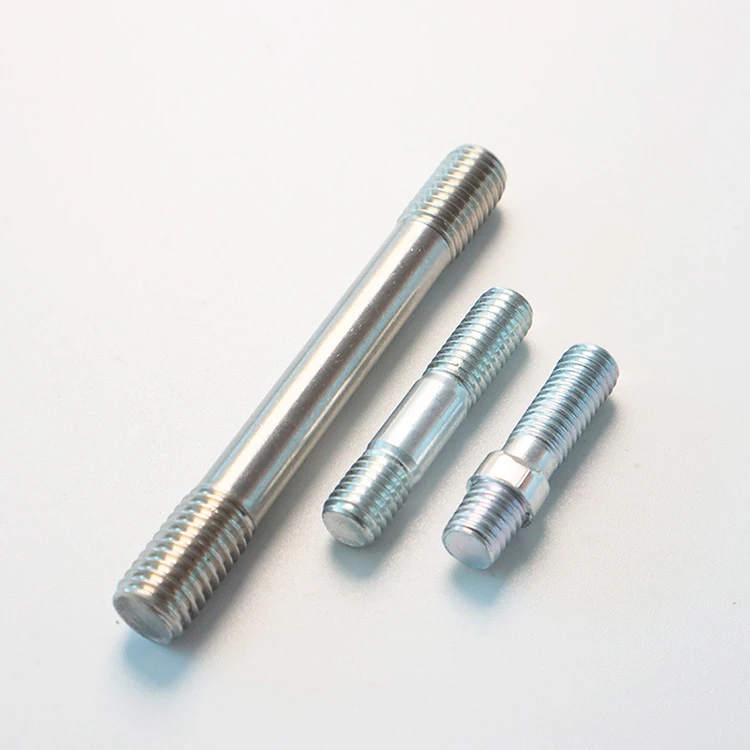The production of stainless steel stud bolts involves several precise and complex steps to ensure their quality and performance.
The first step is the selection of high-quality stainless steel raw materials. The type of stainless steel chosen depends on the specific requirements of the application, considering factors such as corrosion resistance, strength, and ductility.
Once the raw material is obtained, it undergoes hot forging or cold forming to create the basic shape of the stud bolt. This process gives the bolt its initial form and mechanical properties.

After forming, the stud bolts are machined to achieve the desired dimensions and thread specifications. Precision machining is crucial to ensure a perfect fit and secure connection when the bolts are used.
Heat treatment is often employed to further enhance the mechanical properties of the stainless steel, increasing its hardness and toughness. This step helps the stud bolts withstand the stresses and loads they will encounter in service.
Surface finishing is the final stage, which can include processes like polishing or coating to improve corrosion resistance and appearance.
Throughout the manufacturing process, strict quality control measures are implemented. Inspections are carried out at various stages to check for dimensional accuracy, material composition, and any potential defects.
The result is a high-quality stainless steel stud bolt that meets or exceeds industry standards, ready to be used in a wide range of applications where a reliable and durable fastening solution is required.